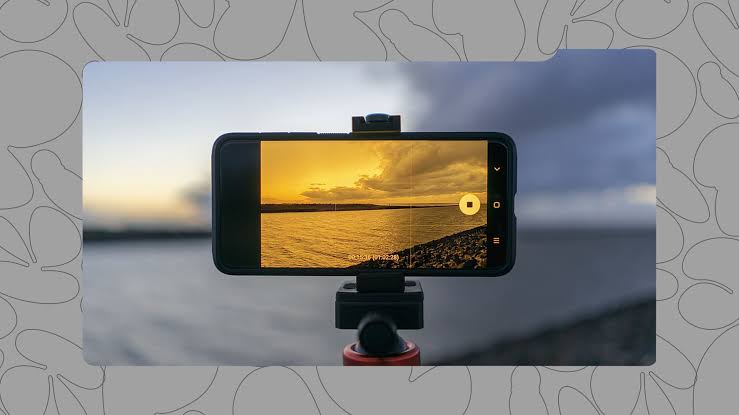Smartphones today come equipped with advanced camera systems that rival professional equipment in many ways. From multiple lenses to AI-powered features, these cameras are designed to capture moments with clarity and creativity. However, many users only scratch the surface of what their phone cameras can truly achieve. By learning a few techniques and making the most of available features, anyone can take their photography skills to the next level.
Understanding Camera Settings
The first step to maximizing smartphone camera performance is understanding its settings. Many people rely solely on automatic mode, but manual controls can unlock greater creativity.
- Adjust ISO to control light sensitivity, especially in low-light conditions.
- Change shutter speed for motion effects like light trails or freezing fast action.
- Use white balance adjustments to make colors look more natural.
- Experiment with exposure compensation to brighten or darken photos.
Exploring these settings allows you to move beyond simple point-and-shoot photography.
Using Gridlines for Better Composition
Composition plays a huge role in photo quality. Turning on gridlines in your camera settings can help align shots using the rule of thirds.
- Position key elements along the gridlines for balanced images.
- Keep horizons straight by using horizontal lines as guides.
- Center subjects more accurately when needed.
This simple tool helps create photos that are visually pleasing and professional-looking.
Taking Advantage of HDR Mode
High Dynamic Range (HDR) mode is one of the most powerful features in modern smartphones. It balances highlights and shadows, producing more detailed images.
- Use HDR when photographing landscapes with bright skies and dark ground.
- Avoid it when capturing moving subjects, as it can cause blurring.
- Compare HDR and non-HDR shots to see which produces better results.
This mode ensures both bright and dark areas are properly exposed.
Utilizing Different Lenses
Many smartphones now feature multiple lenses such as wide-angle, ultra-wide, and telephoto. Each lens serves a different purpose, making your shots more versatile.
- Use wide-angle lenses for landscapes or group photos.
- Switch to telephoto for close-up details without losing quality.
- Try macro modes for extreme close-ups of small objects.
Knowing when to use each lens allows for more creative and diverse photography.
Mastering Low-Light Photography
Low-light conditions can challenge even the best cameras, but with the right techniques, smartphones can still perform well.
- Enable night mode for sharper, brighter photos in dark environments.
- Hold the phone steady or use a tripod to reduce blurriness.
- Increase exposure slightly while keeping noise under control.
These adjustments help capture more detail even when lighting is limited.
Making Use of Portrait Mode
Portrait mode adds depth to photos by blurring the background while keeping the subject sharp. This creates a professional look similar to DSLR cameras.
- Use it for close-up shots of people or objects.
- Adjust the blur intensity if your phone allows customization.
- Ensure good lighting to avoid artificial-looking edges.
Portrait mode can transform simple shots into elegant portraits.
Enhancing Photos with Editing Tools
Taking a photo is only half the process—editing can elevate it further. Most smartphones come with built-in editing apps, while third-party apps offer advanced options.
- Adjust brightness, contrast, and saturation for balanced colors.
- Crop or straighten images to improve composition.
- Use filters sparingly to enhance rather than overpower the image.
Editing allows you to refine photos to match your creative vision.
Exploring Video Features
Smartphones are also powerful tools for videography. Features like 4K resolution, slow motion, and time-lapse provide plenty of creative opportunities.
- Shoot in 4K for maximum clarity, especially for professional use.
- Use slow-motion to highlight fast action in detail.
- Try time-lapse for capturing long processes like sunsets.
By exploring these settings, you can turn everyday moments into cinematic experiences.
Keeping the Lens Clean
A simple but often overlooked tip is maintaining a clean lens. Smudges, dust, and fingerprints can ruin photo quality.
- Wipe the lens regularly with a microfiber cloth.
- Avoid touching it directly with fingers.
- Use a phone case that protects the lens without blocking it.
A clean lens ensures sharp, clear images every time.
Conclusion
Smartphone cameras are more powerful than many users realize, offering a wide range of tools and settings to enhance photography. By learning manual controls, using HDR, exploring multiple lenses, and mastering editing techniques, anyone can unlock their phone’s full potential. With attention to lighting, composition, and even basic care like cleaning the lens, users can consistently capture professional-quality photos and videos.




Good